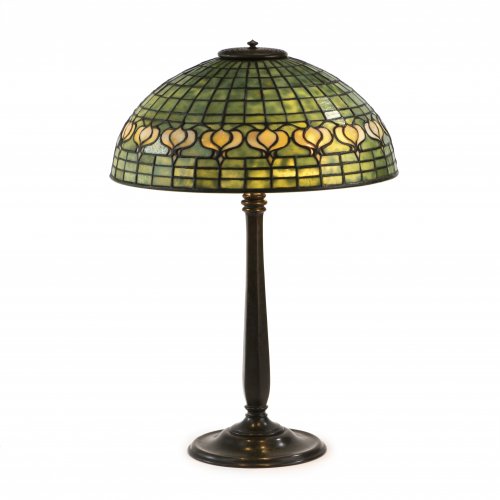Biography
Louis C. Tiffany was born in 1848 as eldest son of jeweller and silver-ware merchant Charles L. Tiffany. Early on, it became apparent that the son was not going to follow in his father’s footsteps. He dedicated himself to the fine arts. He became a pupil of painter George Inness and joined the American landscape artists who were influenced by the French school of Barbizon. At Inness’ he made the acquaintance of Oscar Wilde (1854 – 1900) who taught him about the Aesthetic Movement and the British Arts-and-Crafts circle.
Journeys to Paris in 1868/69 and 1872 introduced him to Viollet-le-Duc, who worked as head of the restoration committee for French churches damaged during the French Revolution. It was he who evoked Tiffany’s interest in stained glass windows. Most importantly, he met Siegfried Bing (1838 – 1905), who had already been a renowned dealer for Far-Eastern art and who made this kind of art accessible to young Louis. Moreover he already offered a platform to young up and coming artists of the new era. In later years, Bing would exhibit and distribute Tiffany’s works in Europe. Back in the US, Tiffany began, keeping the new impressions in mind, to occupy himself with jewellery, silver and especially glass. The topic of stained glass windows, revived by the Arts-and-Crafts movement under Walter Crane and William Morris was of key interest for Tiffany. He founded Louis Comfort Tiffany and Associated Artists together with Samuel Coleman and Candace Wheeler. In the course of their collaboration, the team was ordered to redo the interiors for the houses of New York’s High Society. Next to purchased pieces of furniture and implements, personal designs of the group were used, mostly stained glass windows by Tiffany and curtains and upholstery fabric designed and done by Wheeler. Their greatest success was the re-equipment of the White House at the request of president Chester Allan Arthur in 1882. Next to his work with the Associated Artists, Tiffany kept persuing his personal interests and took part in several exhibitions in the United States and Paris sending in paintings and stained glass windows. He studiosly analysed antique glass vases and medieval stained glass and thus was able to apply for several patents as early as 1880.
Visiting the Paris World Fair in 1889, he came to know the work of Emile Gallé who exhibited vases and implements with techniques and decors never heard of before. In 1893, Tiffany founded his own glass works in Corona, Long Island. With the help of Arthur and Leslie Nash, he was able to create the most inventive glass vases from American production. Iridised glass was no new invention, the technique had been patented by Scotsman David Brewster as early as 1817, but Tiffany was able to create such extraordinary effects by spraying gold chloride on a glass vase and then satinising it that no earlier attempt was a match for his ‚Favrile’ vases.
The first ‚Favrile’ vases were presented to the Paris public. Tiffany had sent a choice of his vases and dishes for the opening of his friend Siegfried Bing’s Galerie L’Art Nouveau in Paris in 1895. The exhibition, now considered legendary, contained works by the finest of the Art Nouveau artists whose style would influence art and design up until the first World War and even beyond. Next to stained glass windows and vases by Tiffany, one could find works by Henry van de Velde, Emile Gallé, René Lalique, Paul Signac, Henri de Toulouse-Lautrec, Otto Eckmann and Charles Rennie Mackintosh.
Only after the successful exhibition had closed, Tiffany decided to manufacture more ‚Favrile’ vases to offer them for sale to a larger public. The first vases and bowls were almost without exception purchased by Museums from the US and abroad. Among the earliest buyers were the Smithsonian Institution in Washington, the Musée des Arts Décoratifs in Paris, the Victoria & Albert Museum in London and even the Imperial Museum of Fine Arts in Tokyo.
„Imitation is the sincerest form of flattery“ (Charles Caleb Colton). Thus, only a short time later, other glass works tried to adopt the ‚Tiffany’ style. In the USA, the firms Quezal Art Glass, founded by a former coworker of Tiffany’s, Vineland Flint Glass and Steuben Glass works began producing iridescent glass with varying degrees of success, on the European continent, Joh. Loetz Wwe. under the direction of Max Ritter von Spaun attained exquisite vases inspired by Tiffany, other mostly Bohemian glass works followed.
L. C. Tiffany was far from resting on his laurels and kept striving for new techniques. Next to his ‚Favrile’ glasses also his ‚Paperweight’ vases after Venetian models or his ‚Lava’ vases, a further stage of the ‚Favrile’ glasses and of course his lamp designs are highly sought after today.
For further reading cf. Koch, Louis C. Tiffany, Rebel in Glass, New York, 1982, 3d Edition.
We regularly sell objects by Louis C. Tiffany in our auctions. If you would like to sell your objects, our experts are at your disposal.
Objects by Louis C. Tiffany
-
Sold
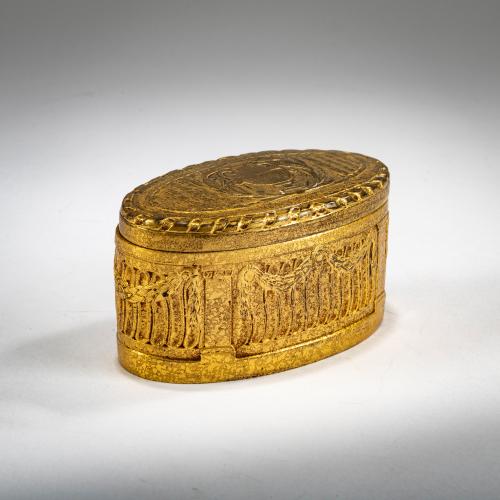
-
In the post auction sale
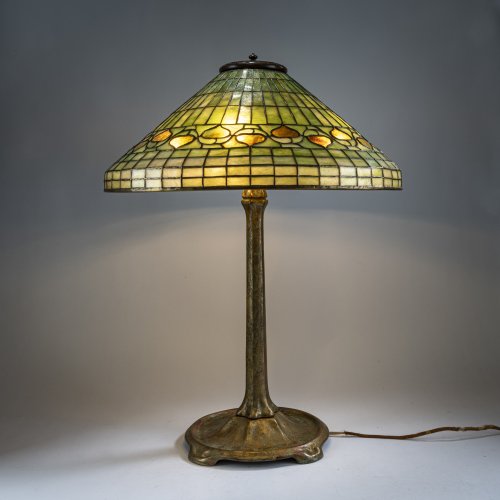
-
Sold
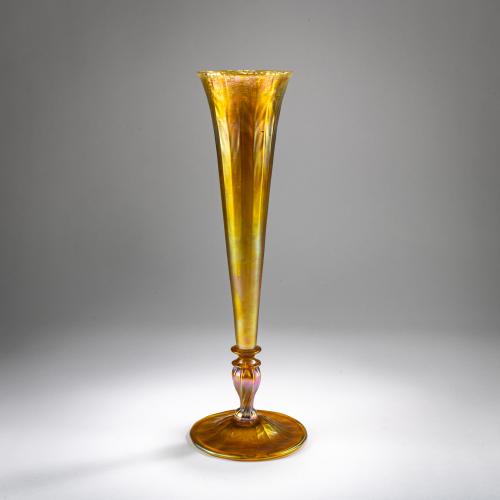
-
Sold
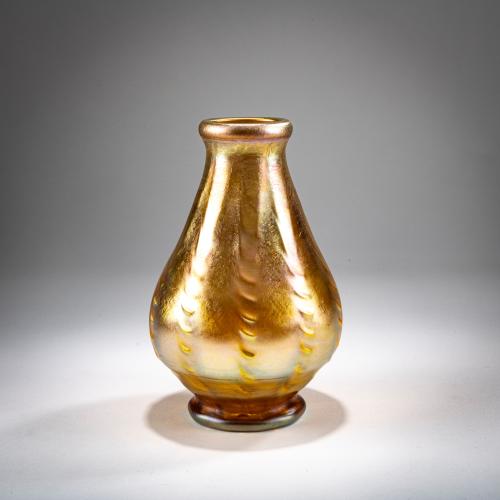
-
In the post auction sale
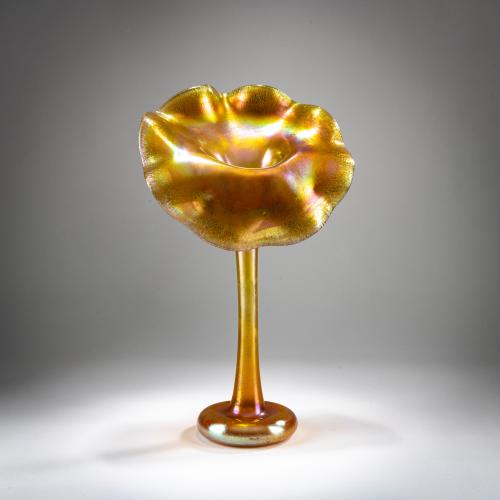
-
Sold
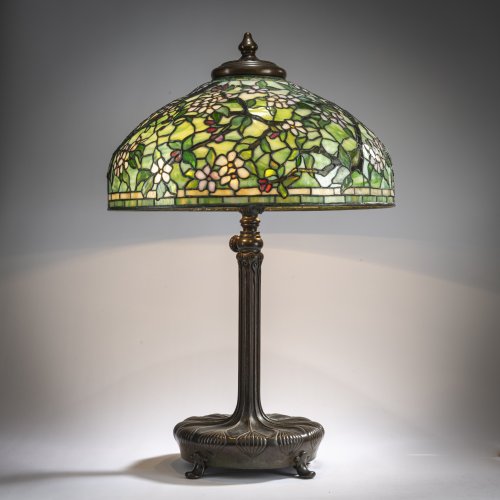
Louis C. Tiffany Tiffany Studios, New York
Table light 'Apple Blossom', c. 1904
Hammer Price: 40,000 €
-
Sold
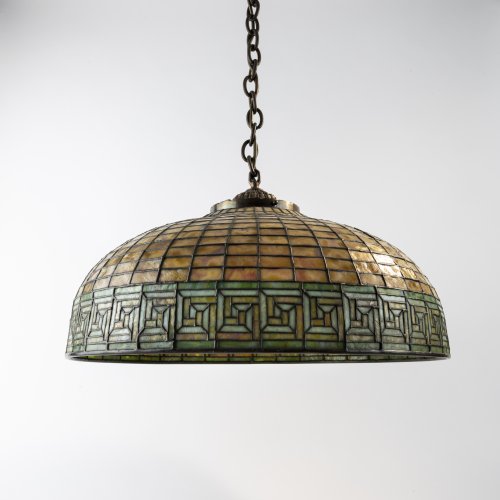
-
Sold
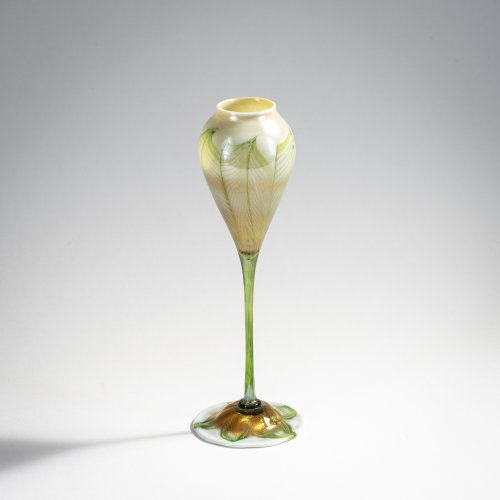
-
Sold
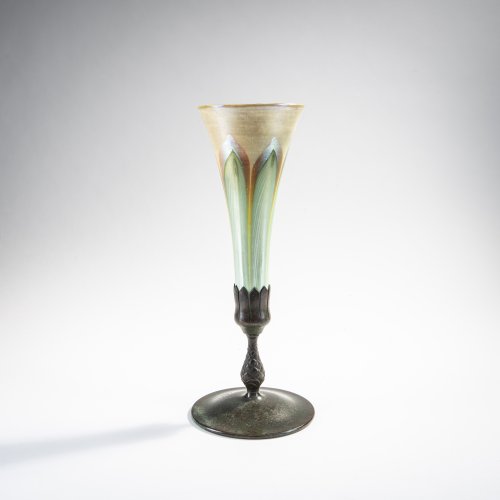
-
Sold
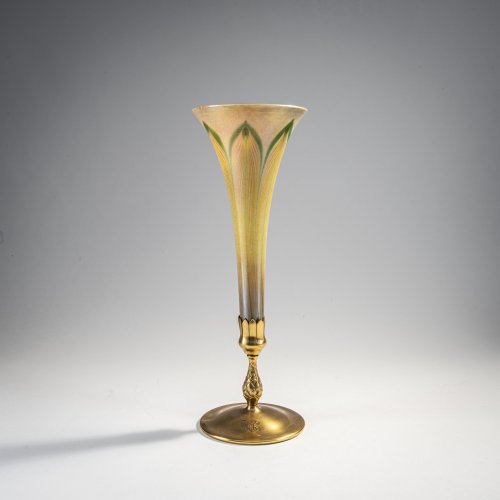
-
Sold
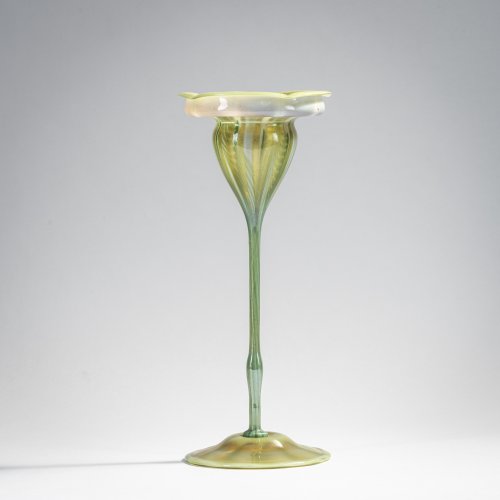
-
Sold
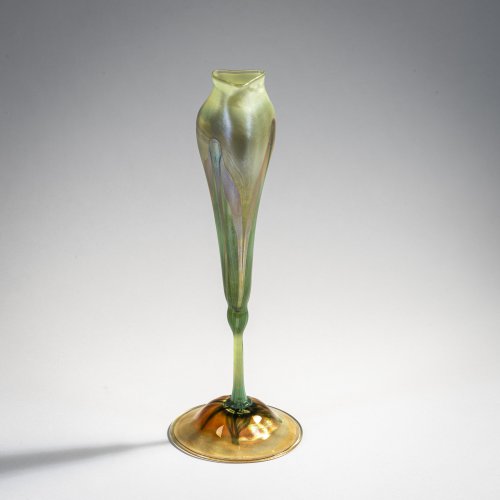
-
Sold
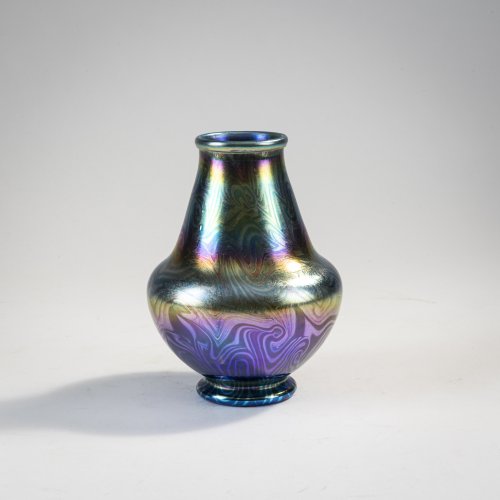
-
Sold
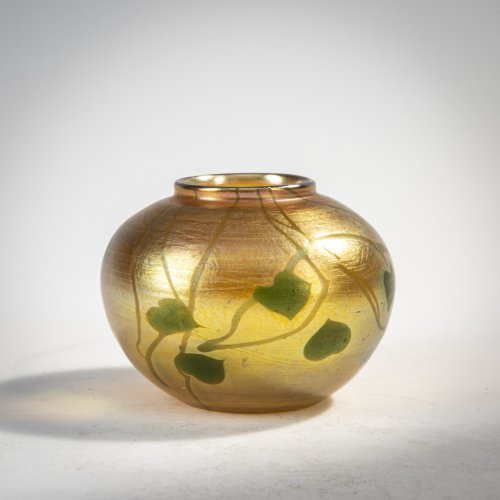
-
Sold
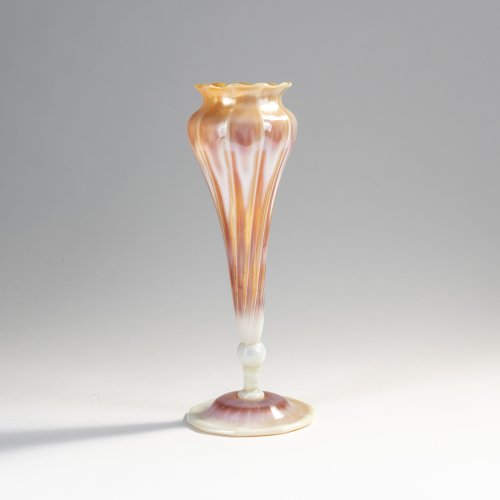
-
Sold
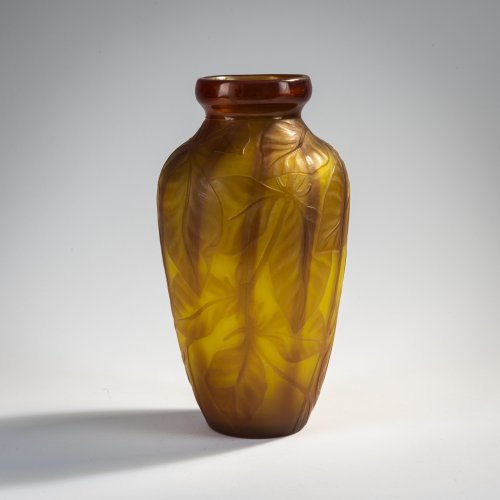
-
Sold
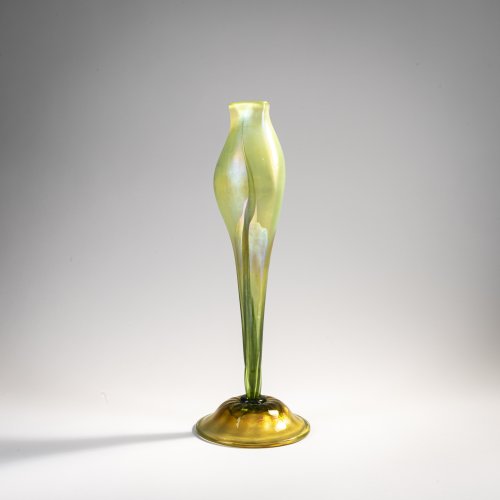
-
Sold
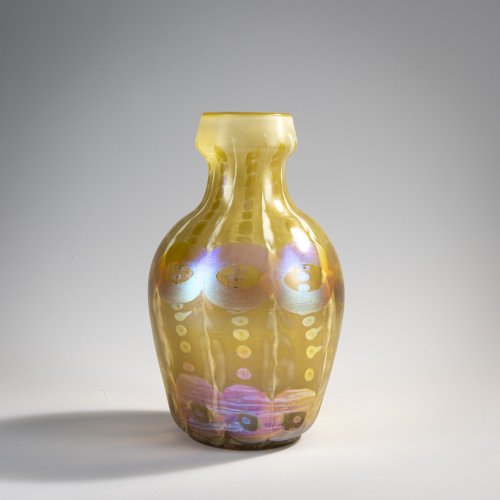
-
Sold
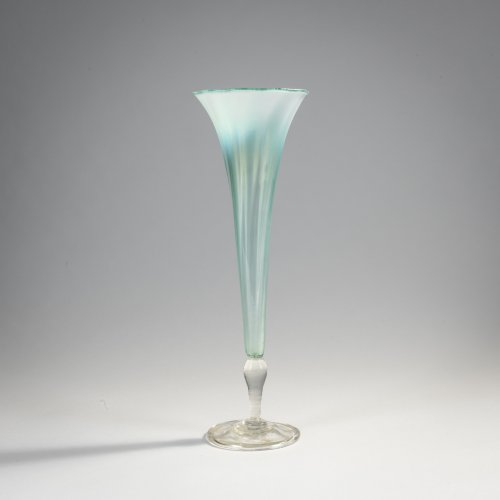
-
Sold
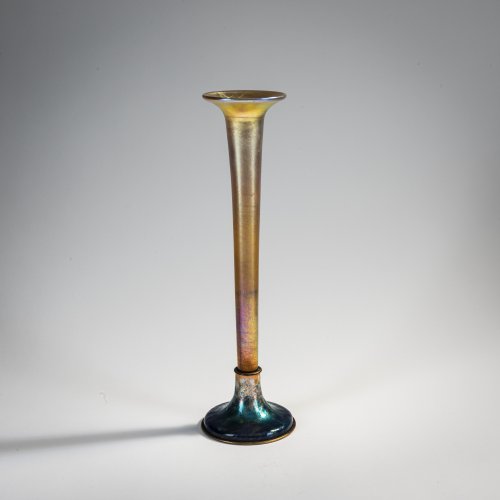
Louis C. Tiffany Tiffany Studios, New York
Vase with enameled copper base, 1915-20
Hammer Price: 600 €
-
Sold
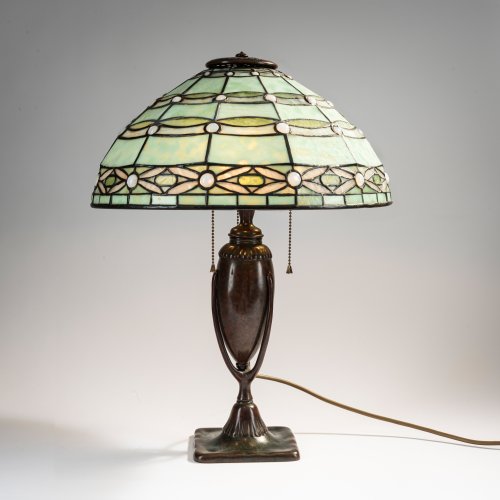
Louis C. Tiffany Tiffany Studios, New York
'Jeweled Blossom' table light, c. 1907
Hammer Price: 10,000 €
-
Sold
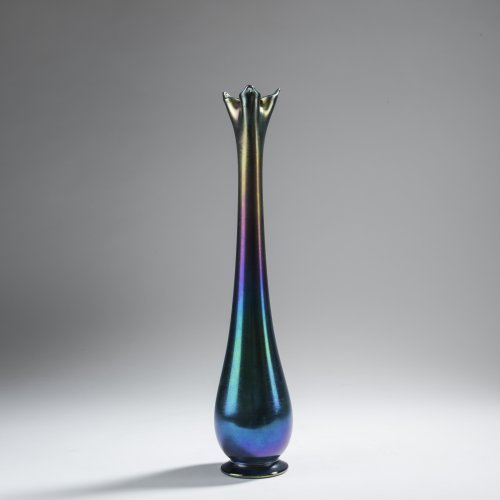
-
Sold
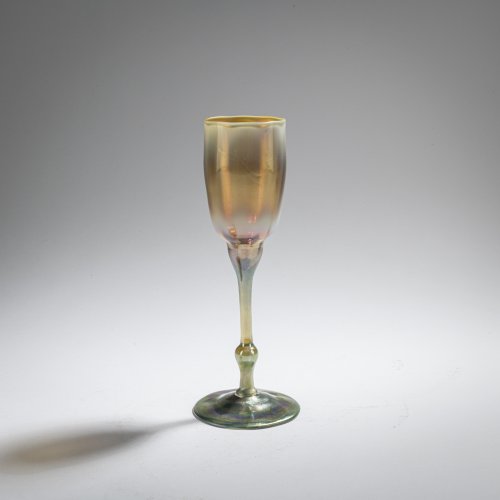
-
Sold
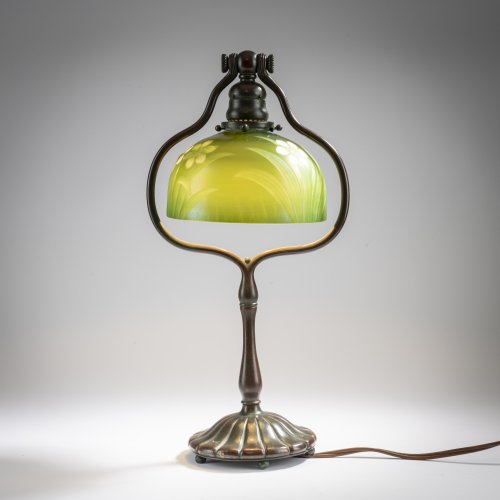
Louis C. Tiffany Tiffany Studios, New York
'Favrile' - 'Flowers' table light, c. 1918
Hammer Price: 4,000 €
-
Sold
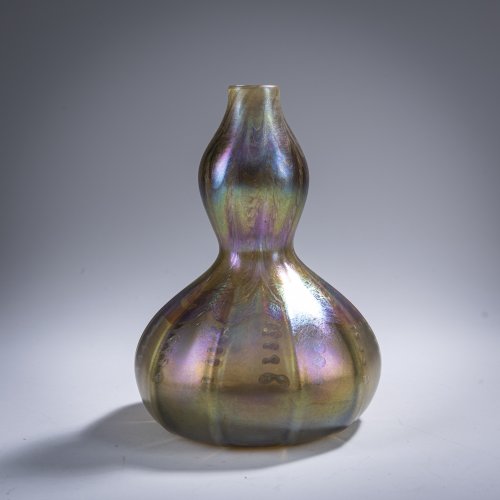
-
Sold
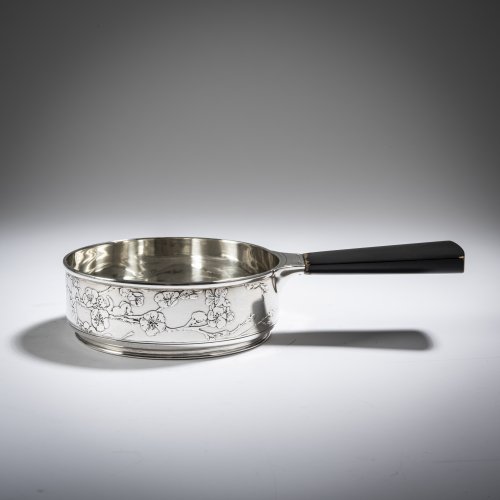
-
Sold
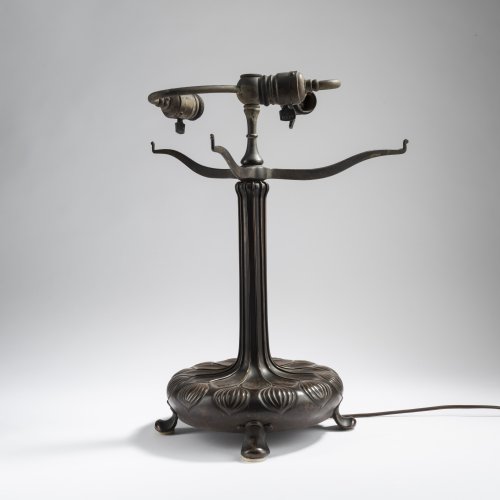
-
Sold
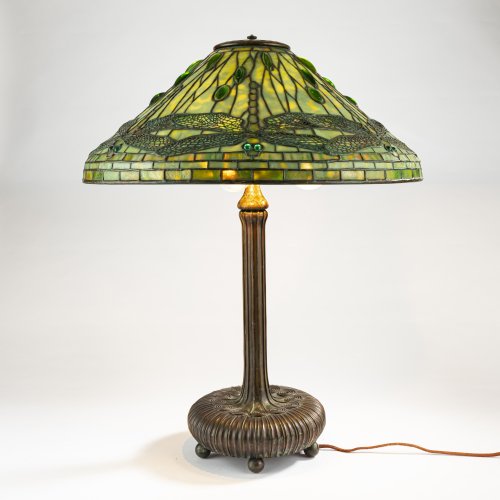
Clara Driscoll, Louis C. Tiffany Tiffany Studios, New York
'Dragonfly' table lamp, 1899
Hammer Price: 45,000 €
-
Sold
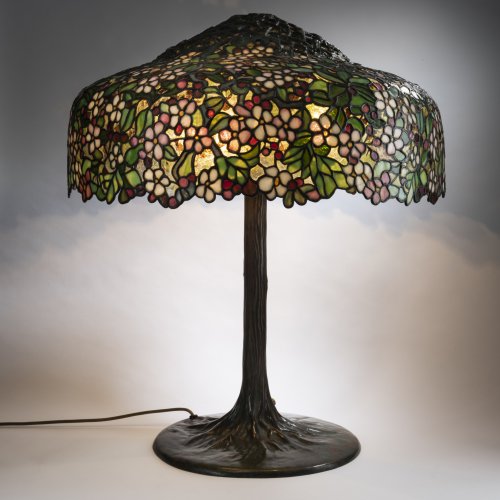
Louis C. Tiffany Tiffany Studios, New York
'Apple Blossom' table light, c. 1904
Hammer Price: 110,000 €
-
Sold
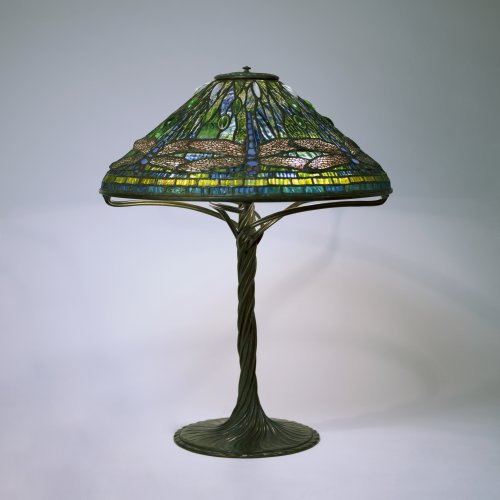
Clara Driscoll, Louis C. Tiffany Tiffany Studios, New York
'Dragonfly' table light, 1899
Hammer Price: 54,000 €
-
Sold
